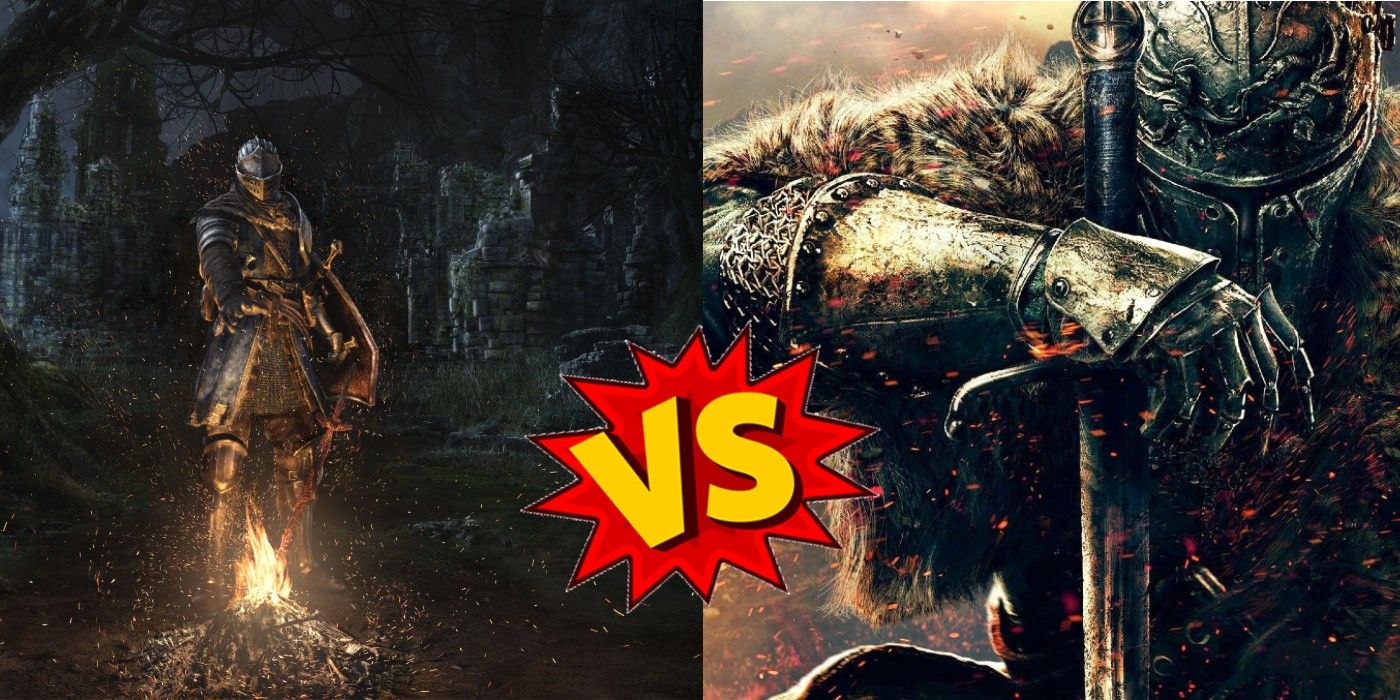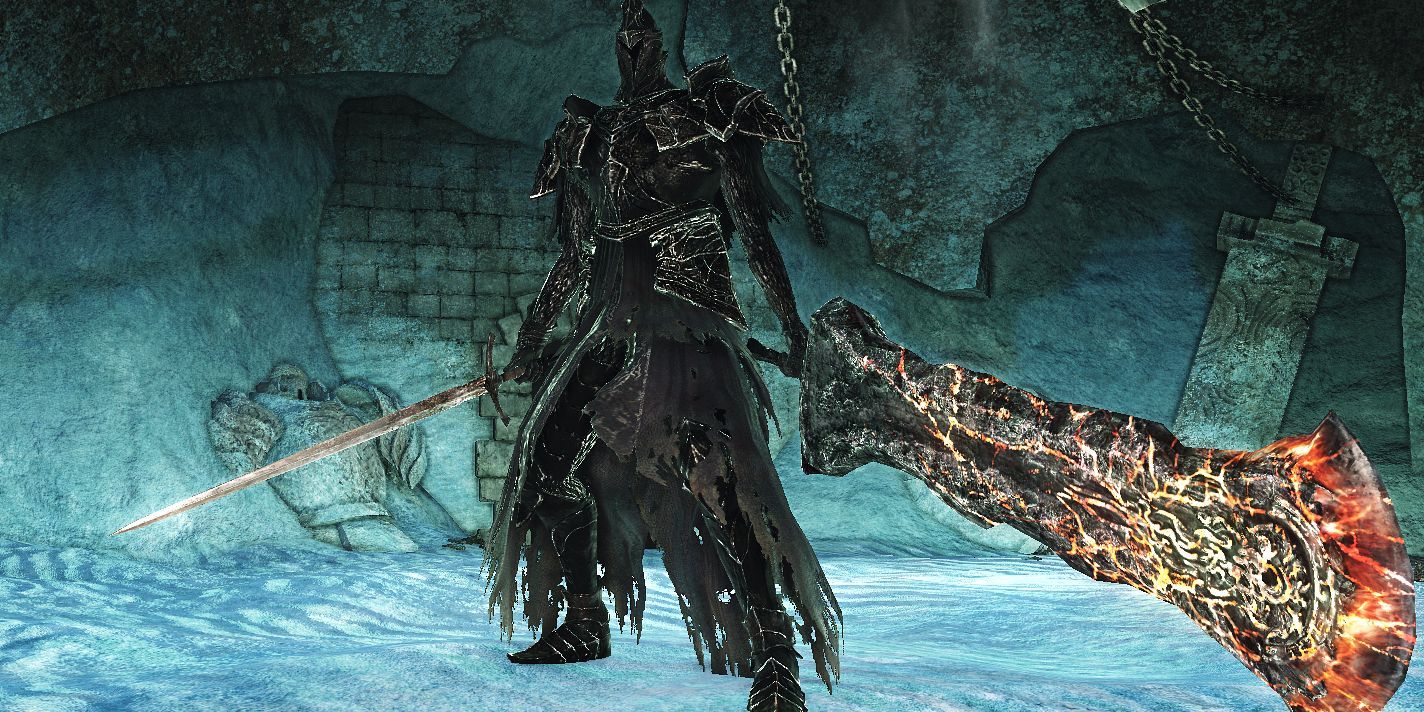Sequels to popular forms of media have a tendency to drum up enormous levels of excitement and anticipation that can never actually be met without retreading the same ground, so when Dark Souls 2 released back in 2014, fans of the first installment were disappointed when the game inevitably couldn't reach their unrealistic demands. While the original Dark Souls is certainly just as flawed as any game on the market, it's still frequently hailed as a masterpiece of game design, and its sequel recycled that established formula to create something entirely new.
FromSoftware made sure Dark Souls 2 deviated from the original by simply adjusting their level design philosophy. The original game's map was like a complex spider web, and each area connected into others in an extremely cohesive manner. Much like a typical Metroidvania, players start to construct a map in their heads of exactly what the world looks like, and because of this, replaying Dark Souls offers players lots of freedom of where to go first.
Dark Souls 2's map, on the other hand, is far more similar to Demon's Souls than Dark Souls because it revolves around a central hub area. In this hub area, known as Majula, there are a plethora of paths to choose right from the beginning that will take their players to different locations. However, these paths are all extremely linear, so the only choice players have when exploring in Dark Souls 2 is deciding which route they want to take next. This does offer a solid amount of replay value, since it's still possible to play through the adventure in varying orders, but this map is less cohesive and interconnected than the world of the original.
Dark Souls 2 Had A Different Creative Vision
Part of the reason that Dark Souls 2 was so radically different from the first game was that they both had different directors. Hidetaka Miyazaki directed both Demon's Souls and Dark Souls, and he had felt the desire to move on from the Souls games to pursue more original works. However, Bandai Namco wanted to cash in on the popularity of Dark Souls, and they weren't going to wait for Miyazaki to finish with his original project, so a new director took over while Miyazaki was working on Bloodborne. Ironically, Bloodborne has more in common with the original Dark Souls because it features level design more on par with what fans were hoping for out of Dark Souls 2.
Players also criticized the game's difficulty, because it often felt artificial compared to the previous entries. Dark Souls 2's enemies are much easier to take down than those found in Dark Souls, and the developers counteracted this by simply forcing the player to fight many enemies at once. Frequently, players will find themselves fighting repeats of bosses they've already defeated but with additional allies or minor upgrades. Dark Souls 2 also had a stronger focus on its online multiplayer than the previous entry, which added to its competitive scene and replay value, but ended up hurting its single-player experience. Dark Souls 2 might be the black sheep of the Dark Souls franchise, but it provides a unique experience that stands out from the rest of the installments in the series.


